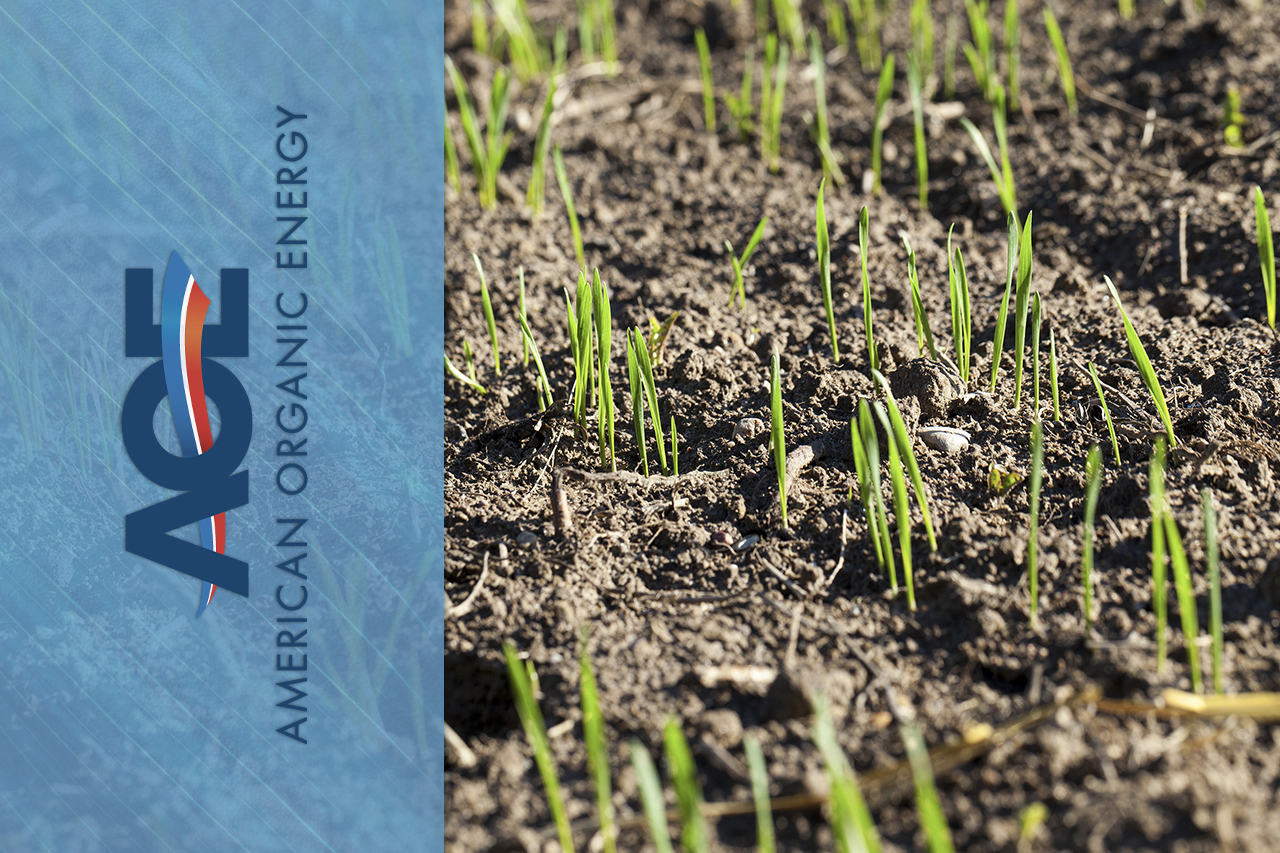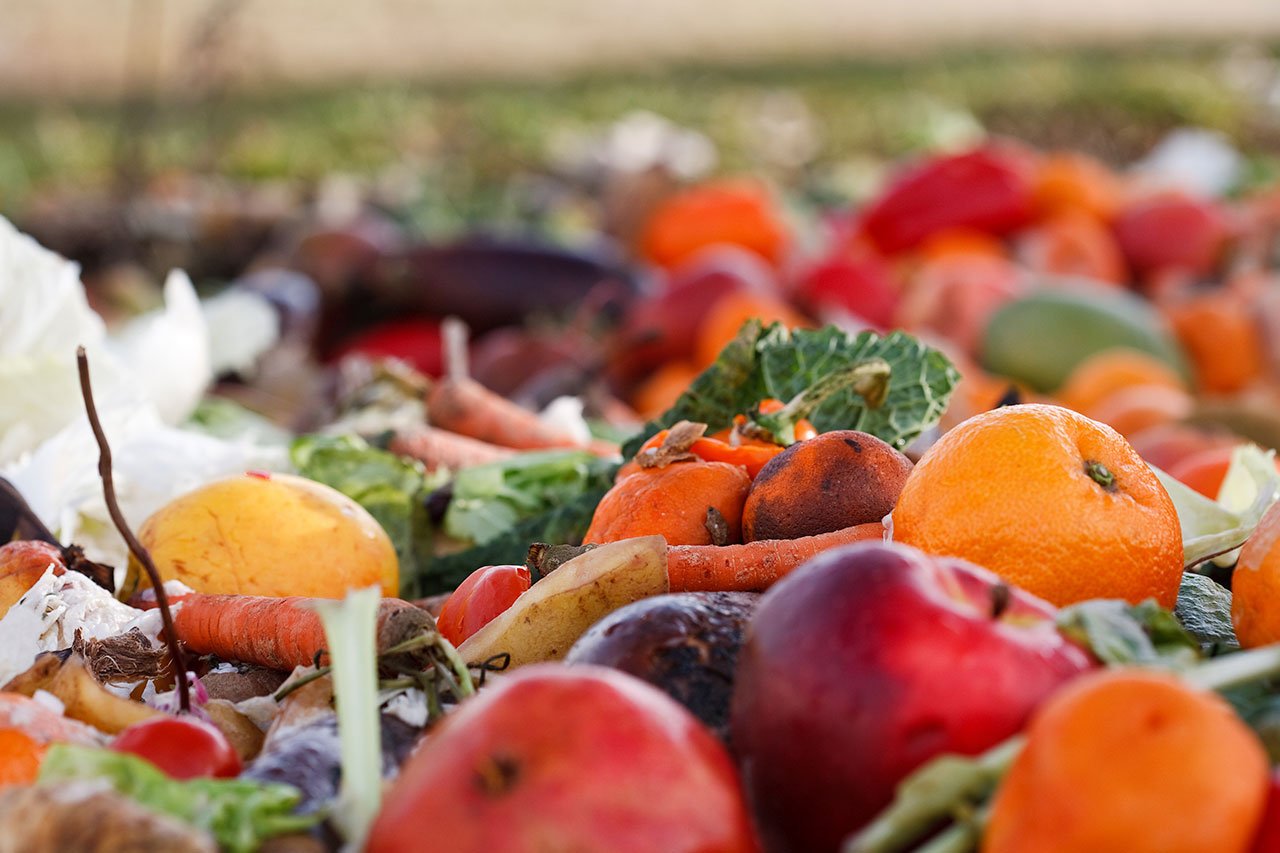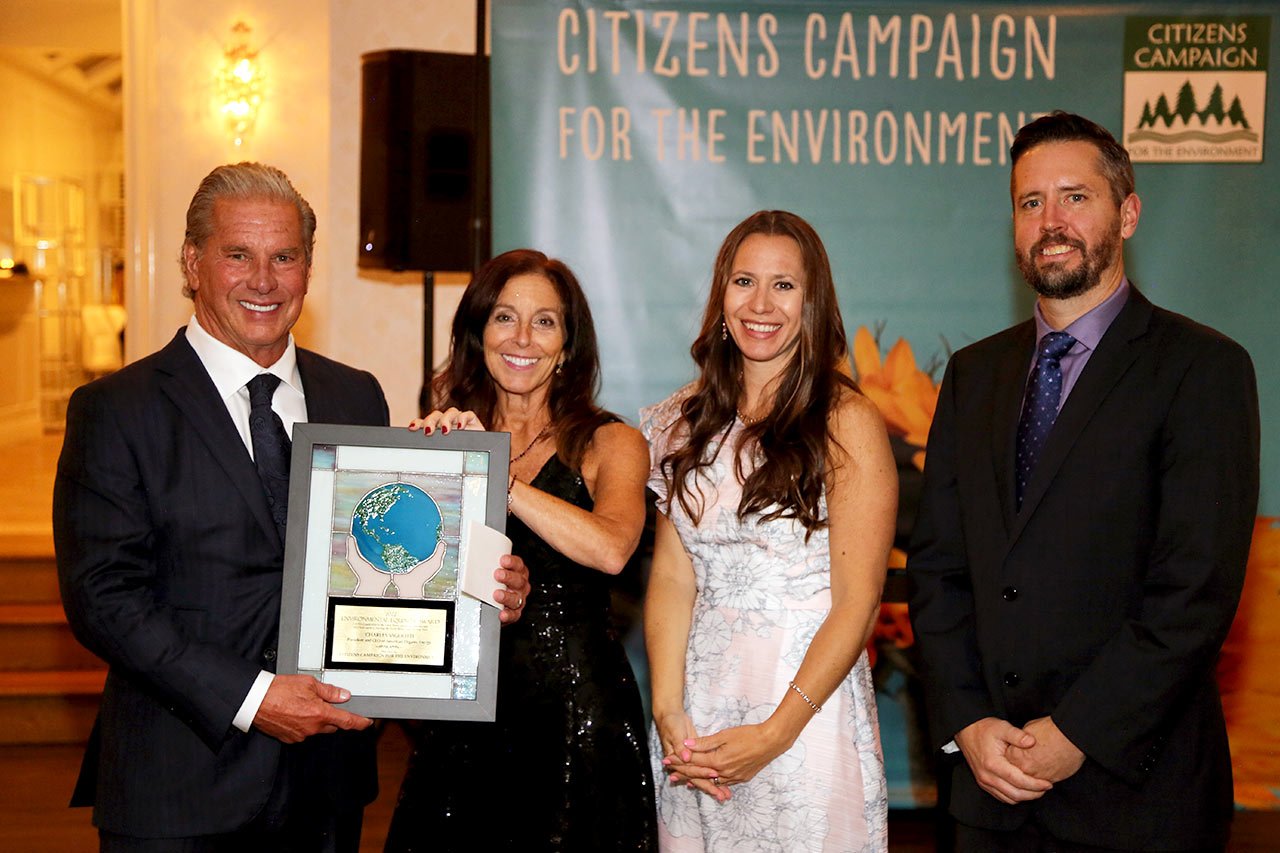The spring and autumn seasons are perfect for landscaping and lawn maintenance, as well as the lesser-known art of topdressing. This process of applying sand or a prepared soil mixture to the surface of a lawn is designed to improve the soil structure and promote root growth, while also maintaining the integrity of the drainage properties.
How to Topdress
When topdressing, it’s vital this exterior coating is applied in an even, thin layer, typically one-quarter inch or less. Purposes can include a desire to smooth out an uneven surface, reduce thatch buildup, or encourage decomposition. Many will turn to topdressing following seeding to protect developing plants during the crucial establishment process.
In most instances, topdressing should closely match the composition of the soil profile; however, there are times when the goal is to modify the original profile, in which case, multiple applications will be required until the desired results are achieved. Once an acceptable mixture is determined, it must be used throughout the process to ensure consistency.
Some common hazards to avoid include the layering of different textured soils, as this can hinder the flow of water, air and nutrients into the root zone; spreading materials unevenly, which can create excessively wet or dry sections; and applying too much, too frequently, as this tends to bury the thatch layer. If done improperly, this can cause permanent damage.
A Sustainable Surface
Soil is typically comprised of a combination of sand, silt, clay and organic matter, which makes up most topdressing materials, as well. Sand is commonly used to level surfaces, improve soil porosity and cover the roots of warm-season grasses; silt and clay are ideal in repairing drainage issues; and the primary purpose of compost is to manage organic matter so that it enhances soil health over time.
The percentage of organic matter present in soil serves as a protective buffer against stress caused by the weather, general wear and tear, and routine horticultural practices. Compost, a soil amendment, improves the structure by minimizing fertilizer and pesticide inputs and correcting any instances of soil compaction that may exist.
While topdressing and fertilizing can impact each other, they serve two distinct purposes: topdressing, to improve the soil structure; and fertilizing, to provide nutrients, ultimately encouraging plant growth. By working together, they close the loop in the ecological cycle of sustainability, as compost fuels seed germination.
The Science of Soil
Long Island Compost has become a leader in the organic soil industry through its expert, custom cultivation of precise mixtures of compost and sand, designed to gradually build levels of humus—the organic component of soil formed by the decomposition of leaves and other plant material by microorganisms.
Achieving consistency with compost can be a challenging task. As Charles Vigliotti, CEO of Long Island Compost explains:
“The chemistry behind our engineered soils is a complex process that requires an understanding of the proposed application, environmental factors, biodiversity, drainage and more.”
Once the proper mixture is achieved, application is fairly simple, and is ideally completed in spring or fall, when growth and recuperative potential is the greatest.
For more information on Long Island Compost and its services, contact them today.








